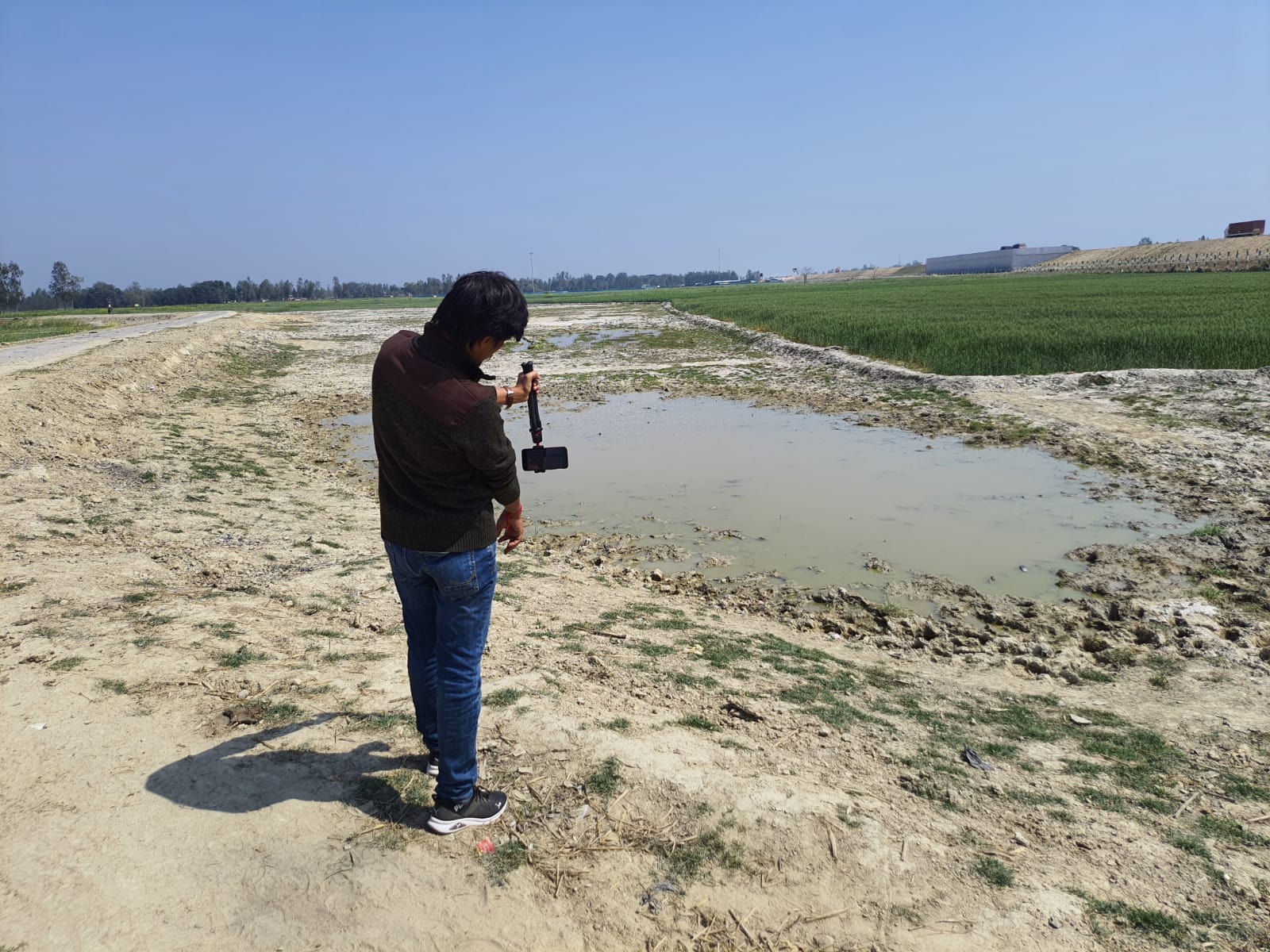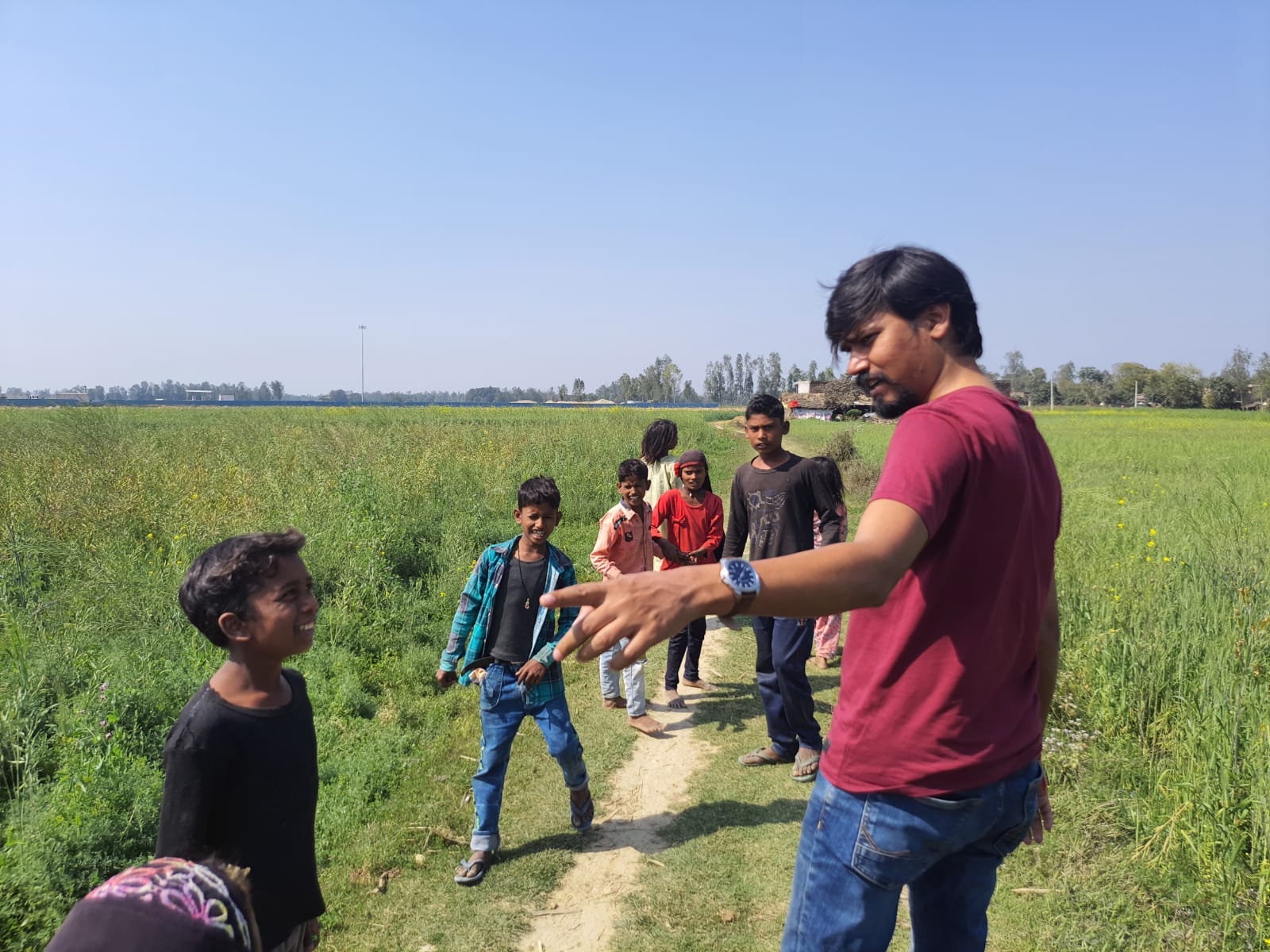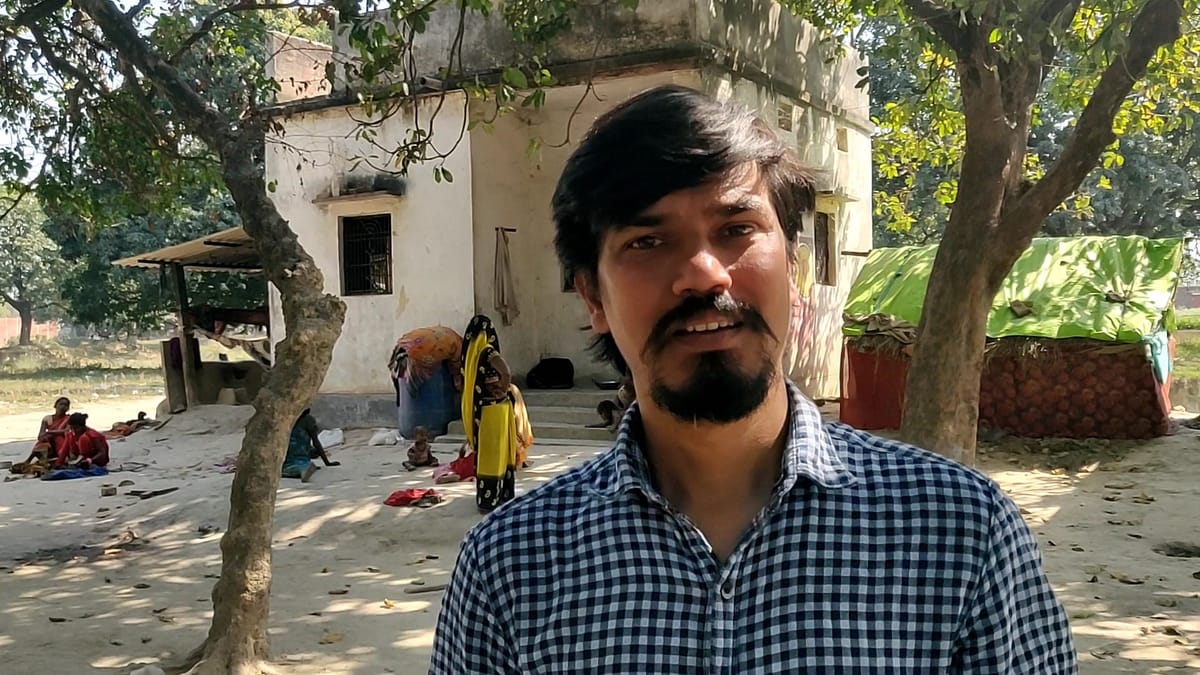Shailesh Srivastava is an editor at IndiaSpend Hindi, a data driven publication that covers governance, health, education and more. As part of his work, Shailesh has covered stories across India using his phone, and works with journalists contributing to IndiaSpend. Before joining IndiaSpend, he was the managing editor of 101Reporters. He’s also worked at Deccan Chronicle, Globe Newsline, DNA, International Business Times and The New Indian Express.
We sent Shailesh some questions about what he looks for in a pitch and tips for keeping in touch with editors. You can also check out this presentation by Shailesh, which he shared at our mobile journalism summit with Internews.
In Old News: How is a MoJo video pitch different from a text story pitch?
Shailesh: A MoJo pitch is definitely different from the pitch for a text story. A text story pitch explains the story in a couple of paragraphs with a mention of the subject, source, research and data points. A MoJo pitch also contains all these points, but also talks about visuals (original/sourced) and the script.
Also, it’s always good to include the details and specifications of video quality and equipment so the publisher or the editor is aware of the expected quality.
In Old News: What would you consider a strong story? What do you look for in a pitch to evaluate whether the final story seems like a strong one?
Shailesh: There are many factors that make a story strong. If we talk about a MoJo story, it’s a combination of information, visuals and storytelling. If we miss even a single component from these three it becomes really difficult to bring out a good video story.
The best way to do this is ‘pre-reporting’. If the reporter has done her/his pre-reporting before pitching, the story can be delivered on the same lines meeting the expectations of the publisher/editor.
I personally look for how much pre-reporting is done. Apart from this news cycle/trend and relevance also matter.

In Old News: Is the possibility of getting a MoJo story pitch approved in newsrooms improving every year? Any trends you may have noticed?
Shailesh: Yes, definitely. The approval rate for MoJo stories is increasing while on the other hand the number of publishers are also on the rise.
Since MoJo is quick, lightweight and takes less resources, many digital news outlets have started accepting MoJo stories. About three years ago, organisations were focusing more on text stories but it is changing rapidly. Organisations such as Mongabay, IndiaSpend, NewsClick have started publishing MoJo stories in the last few years.
In Old News: What opportunities and challenges would you share with someone aspiring to venture into freelance journalism in India?
Shailesh: It’s great to be a freelance journalist in a vast country like India. However, at the same time the challenges are just as many. As a freelance journalist, apart from reporting and filing the story, you are expected to stay in touch with publishers, keep sending regular pitches, sending invoices and keeping track of that.
It’s a good practice to keep sending the publisher/editor you are in touch with regular updates on stories you can cover.
Apart from this you are always expected to market your work and yourself, the market is pretty competitive afterall.
In Old News: Is it important for a journalist to explain what access they have to the sources in a pitch? Why?
Shailesh: It is important because it decides the shape and the depth of the story. If the journalist has already spoken to the source it’s better to mention it in the pitch. If the journalist is waiting for a response from the source, the same can be mentioned so the editor is aware of it.
In Old News: Sometimes, journalists can get discouraged when they don’t get a response/positive-feedback from an editor/publication… is there some insight or point-of-view you can share that encourages them to keep trying?
Shailesh: It's very subjective and changes from person to person or I would say organisation to organisation. Yes, delayed response or no response issues are quite common for freelancers, especially for the first two or three times.
One can do a couple of follow ups on text/email on a weekly basis. If the story has a shorter shelf life, always pitch it to other publishers (in case of no response in some hours) as well then deliver the story on a “first come, first serve” basis.
Never send the same pitch to all the publications. Every publication has got a different style and tone, try tweaking the pitch according to their style. It increased the chances of approval.
If one can crack the ‘intro’ style of a publication and pitch it accordingly with details and correct information, the approval chances will be really high.

In Old News: What is a polite and effective way to stay in touch with editors/publications in addition to pitching?
Shailesh: Sending updates is one way of staying in touch. Social media like Twitter and Linkedin are another way for the initial period. Once in a while a call can also be scheduled to discuss things in depth and explore the opportunities of a bigger project like a series.
In Old News: You’ve done an entire reported video series on your phone now. How did you start using your phone for reporting and does it continue to become a bigger part of your skill set? If so, how?
Shailesh: Truth be told, my entire video reporting is done on the phone. Yes, GangaTrail was my longest series which was done on mobile phone, but apart from that I have done my Bihar assembly elections coverage, the recent Uttar Pradesh elections and other stories on phone.
How did I start using my phone? I actually don’t remember the exact incident, but I think it started gradually after I joined 101Reporters. Due to the nature of my job I started using my phone as an alternative to my workstation – for sending emails, approving story pitches, writing pitches – and that’s when I started taking pictures from my phone for my reports. As I kept upgrading my phone for these purposes it gave me confidence of doing video stories on the phone.
As I used my phone for taking personal photographs and videos earlier, shooting for my stories was not a big deal, but the major challenge for me was editing on the phone.
I wanted someone to tell me how to go about that because the app world is pretty huge to find out what works for you and what doesn’t. Luckily I got into the MoJo fellowship and now the phone is all I need for my pre production, production and post production.
In Old News: Any additional thoughts you’d like to share?
Shailesh: One thing I would like to tell journalists is that since most of the communication with peers, editors, publishers and sources happen over emails and text, soft skills play a very important role in making connections, at least initially.
Keep an eye out for good practices. For example, even if it is just addressing the recipient of your email, never just write ‘Hi’, ‘Hello’, ‘Hey’ like you are sending a bulk mail. Always try to personalise it so the recipient knows it’s for her/him.

